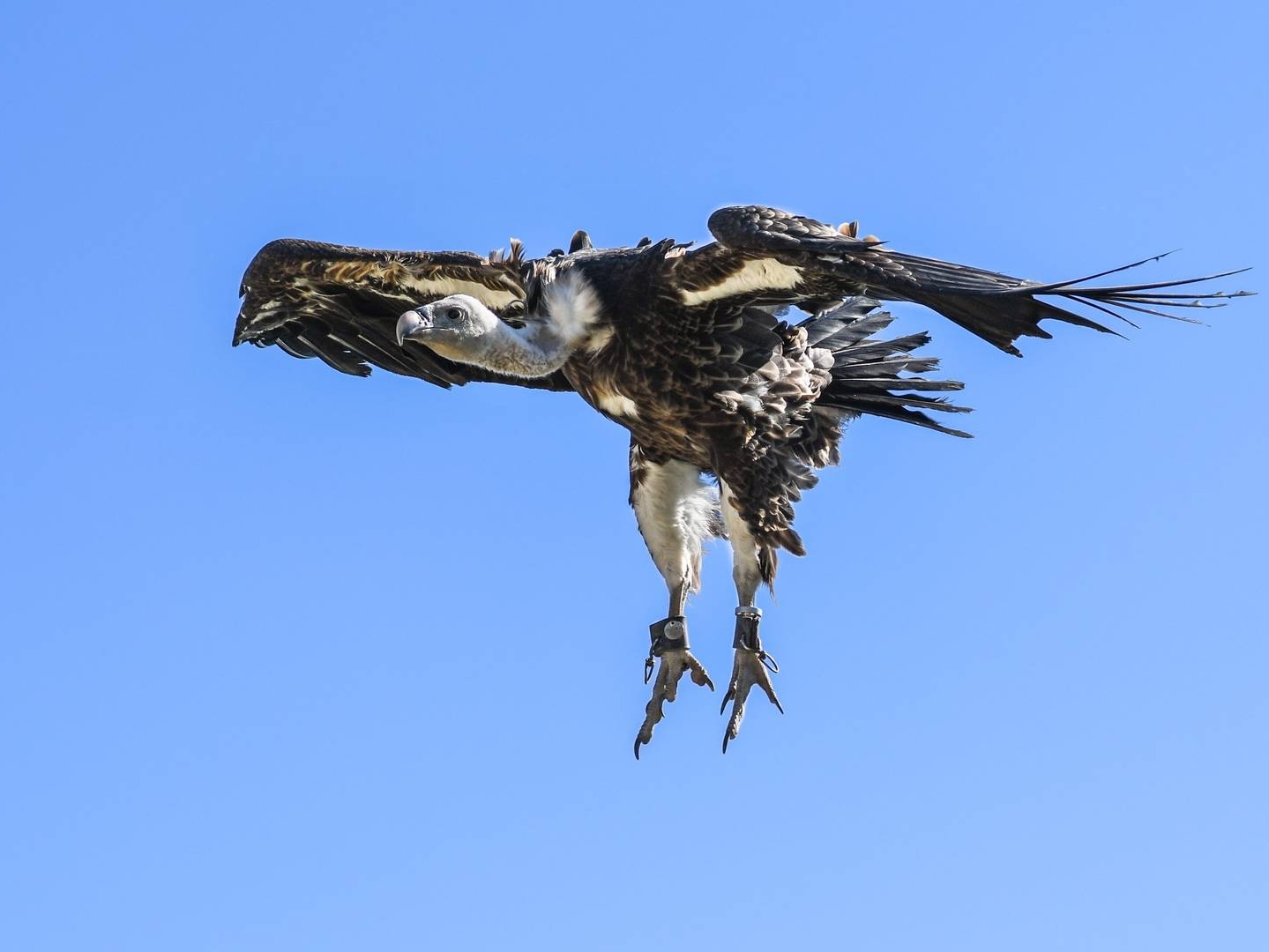
The large birds of prey on the African continent are in danger of extinction, Africanews reports on March 2.
“Essentially, we are losing some of our most iconic predators.” says Darcy Ogada, environmental biologist and director of The Peregrine Fund’s Africa program.
Previous studies have found serious impacts of human and agricultural influences on vultures, attributing their decline to habitat change and poisoning.
However, research by The Peregrine Fund and the University of St. Andrews has found equally alarming declines in the numbers of other large predators that do not rely on scavengers and are less susceptible to poisoning by various chemicals used in agriculture.
Large carnivores experienced significantly steeper declines than smaller species, and this disparity was most pronounced on unprotected lands.
A previously published study notes that these shrinking large birds of prey face a double challenge: their increased dependence on protected areas coupled with increasingly limited habitat.
Furthermore, despite the expectation that protected areas would keep these birds safe, the study found the opposite.
“Not only are the numbers of birds of prey outside protected areas declining, which is to be expected, but we also found that actually quite large numbers of birds of prey, particularly large birds of prey like eagles and vultures, have also diminished. within protected areas. “If you look at what’s happening in Africa, some of our protected areas don’t really protect birds, they don’t exist anymore.” says Ogada.
Africa has more than 100 species of predators, whose numbers are declining.
The study made changes in population sizes of 42 species of birds of prey in Kenya, Botswana, Burkina Faso, northern Cameroon and Niger. The study focused on the period from 1969 to 2020 and revealed alarming declines in species such as Wahlberg’s eagle, African hawk eagle, long-crested eagle, African harrier and brown snake eagle.
The study points out two major challenges facing these birds: increasing dependence on protected areas and shrinking limited habitat.
African predators, active during the day, are especially vulnerable. More than two-thirds of the species studied were classified as globally threatened.
Human impacts on predators include poisoning, collisions with energy infrastructure, killing of birds due to traditional beliefs, shooting and trapping.
Retaliatory poisonings of pastoralist communities against predators such as lions and hyenas have inadvertently caused a decline in the numbers of scavenger birds such as vultures and eagles.
Ogada highlights the fundamental role of scavenger birds in “cleaning equipment”preventing the spread of disease by quickly eating the carcasses.
The Soysambu Raptor Centre, run by renowned conservationist Simon Thomsett, offers shelter to injured birds.
The study’s authors advocate for the urgent expansion of Africa’s protected areas in line with the goals set out in the 2022 Convention on Biological Diversity.
Currently, Africa’s protected areas cover only 14% of the continent’s land and inland waters.
Source: Rossa Primavera
I am Michael Melvin, an experienced news writer with a passion for uncovering stories and bringing them to the public. I have been working in the news industry for over five years now, and my work has been published on multiple websites. As an author at 24 News Reporters, I cover world section of current events stories that are both informative and captivating to read.
